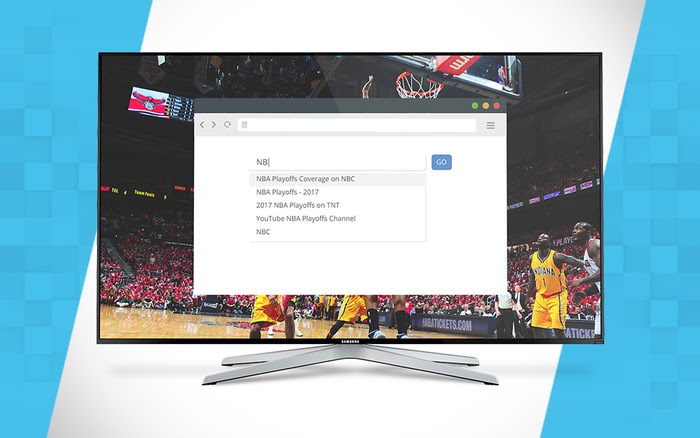The Single Strategy To Use For Apollo Group Tv
The Single Strategy To Use For Apollo Group Tv
Blog Article
Things about Apollo Group Tv
Table of ContentsSome Ideas on Apollo Group Tv You Should KnowExamine This Report on Apollo Group TvApollo Group Tv Can Be Fun For EveryoneIndicators on Apollo Group Tv You Need To Know
In this scenario, instead of having three-minute business spots during a 30-minute television program, television shows may alter to one where a customer will be called for to have a monthly membership, to ensure that they cen sight targeted banner advertisements. This sort of advertising already happens on the web, and the quantity of information tv firms accumulate permits them to do much the same.Define the major fads among the broadcasting and wire networks. Popular radio shows such as cops drama Dragnet and western cowboy collection Gunsmoke were adapted for tv, and new TV programs were sponsored by solitary marketers, just as radio programs had been.
Today, the television sector is far much more intricate. Programs are sponsored by multiple marketers; shows is regulated by significant media corporations; and the three significant networks no more control the airwaves however rather share their audiences with numerous cord networks. A number of elements make up these fads within the industry, including technological growths, federal government policies, and the development of brand-new networks.

5 Simple Techniques For Apollo Group Tv
Even public tv has actually come to be based on the impact of advertising. Established in 1969, (PBS) developed out of a record by the Carnegie Compensation on Educational Tv, which examined the function of instructional, noncommercial television on culture. The record recommended that the government financing public tv in order to give variety of shows throughout the network eraa service developed "not to market products" however to "enhance citizenship and public service (McCauley, 2003)." Public television was additionally planned to give global accessibility to television for visitors in rural locations or visitors that can not pay for to spend for private television solutions.
The period in between 1950 and 1970 is historically identified as the. Other than a tiny part of airtime regulated by public tv, the three significant networks (called the Big 3) dominated the tv industry, jointly accounting for greater than 95 percent of prime-time viewing. In 1986, Rupert Murdoch, the head of international firm News Corp, launched the Fox network, challenging the prominence of the Big 3.
Targeting young and minority audiences with programs such as Buffy the Vampire Killer, Moesha, Dawson's Creek, and The Wayans Bros., the new networks wished to draw stations away from their old network affiliations. Instead than duplicating the success of Fox, UPN and WB struggled to make an effect. Incapable to attract several affiliate stations, both new networks reached fewer homes than their bigger opponents due to the fact that they were unobtainable in some smaller cities.
This decision led the way for the development of cable television flick channels, adding to the exponential development of cable television in the 1980s and 1990s. apollo tv. Additional deregulation of cable television in the 1984 Cable Television Communications Plan Act eliminated restrictions on wire prices, allowing operators to bill what they desired for cord solutions as long as there was effective competitors to the solution (a standard that over 90 percent of all wire markets could meet)
Not known Incorrect Statements About Apollo Group Tv

Having developed the very first "superstation," Turner expanded his world by establishing 24-hour news network CNN in 1980. At the end of the year, 28 nationwide shows solutions were readily available, and the cable revolution had actually started. Over the following years, the market undertook a duration of quick growth and popularity, and by 1994 visitors could pick from 94 fundamental and 20 costs wire services.
Number 9 - https://telegra.ph/Apollo-Group-TV-Your-Ultimate-Streaming-Solution-10-14.16 Raised competition from wire channels has actually caused a constant decline in the networks' audience scores. During the 1950s, the price of creating a solitary tv program raised as programs ended up being longer check and manufacturing expenses skyrocketed. Sponsorship on network television moved from single sponsorship, in which a program was totally sustained and generated by one marketer, to numerous sponsorship, in which marketers got 1- or 2-minute areas on the show
Pick one of the Big 4 networks and print out its regular shows timetable. Watch the network's prime-time programs over the program of a week, noting the target market for each program.
Getting My Apollo Group Tv To Work

Direct Television, frequently referred to as conventional program Television, includes cable television and satellite tv., believe of it as the traditional means of seeing Television that has actually been around for decades.
Report this page